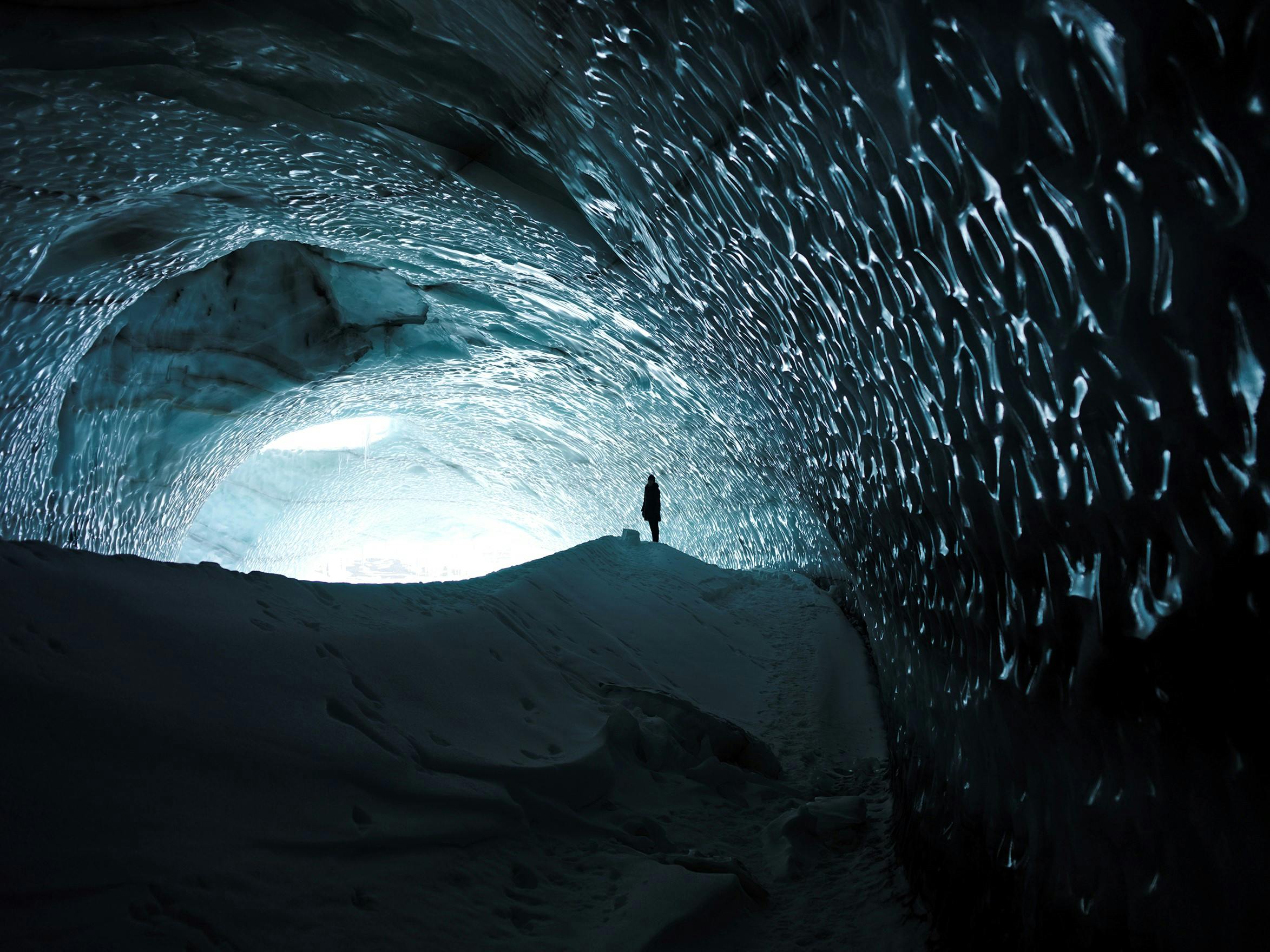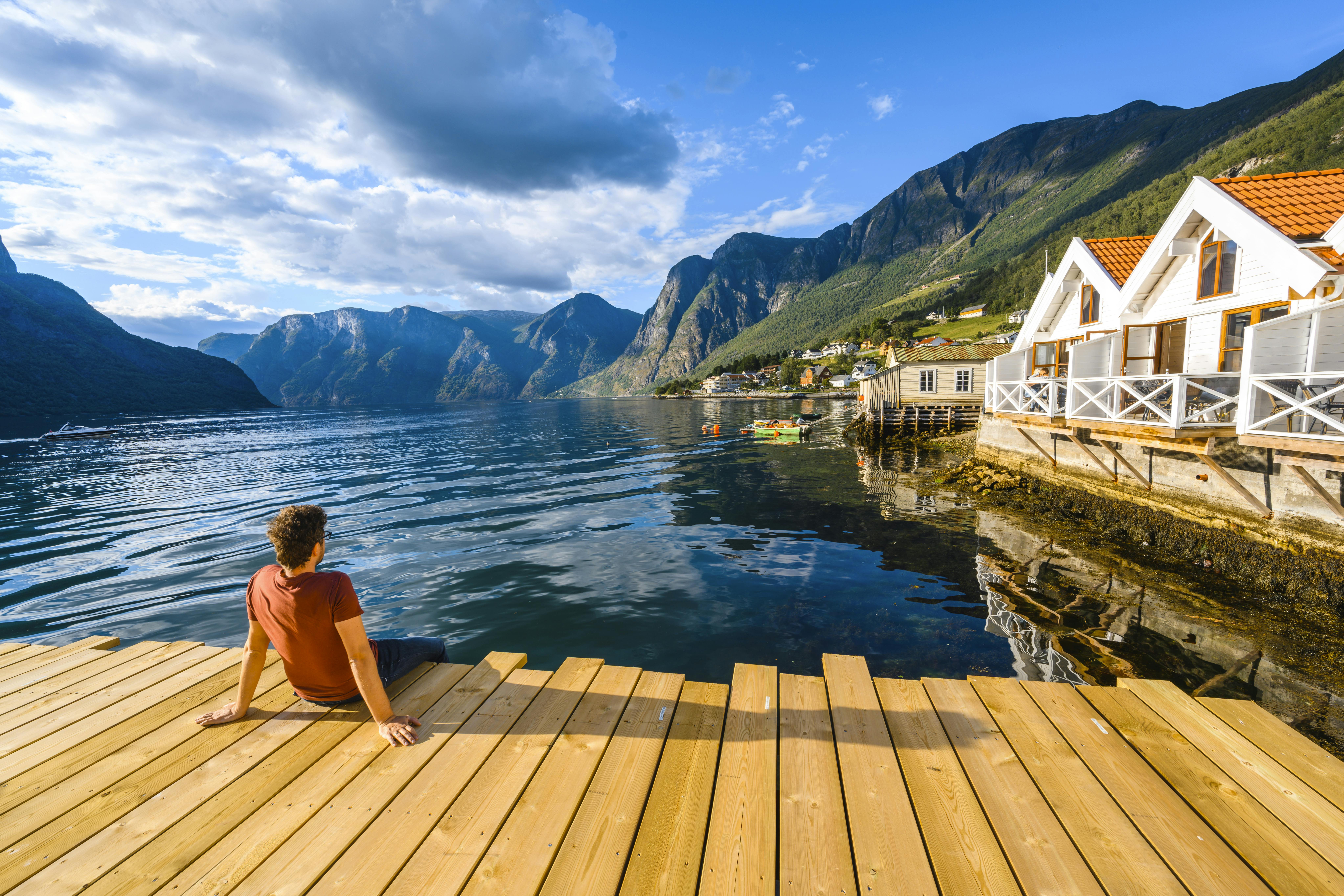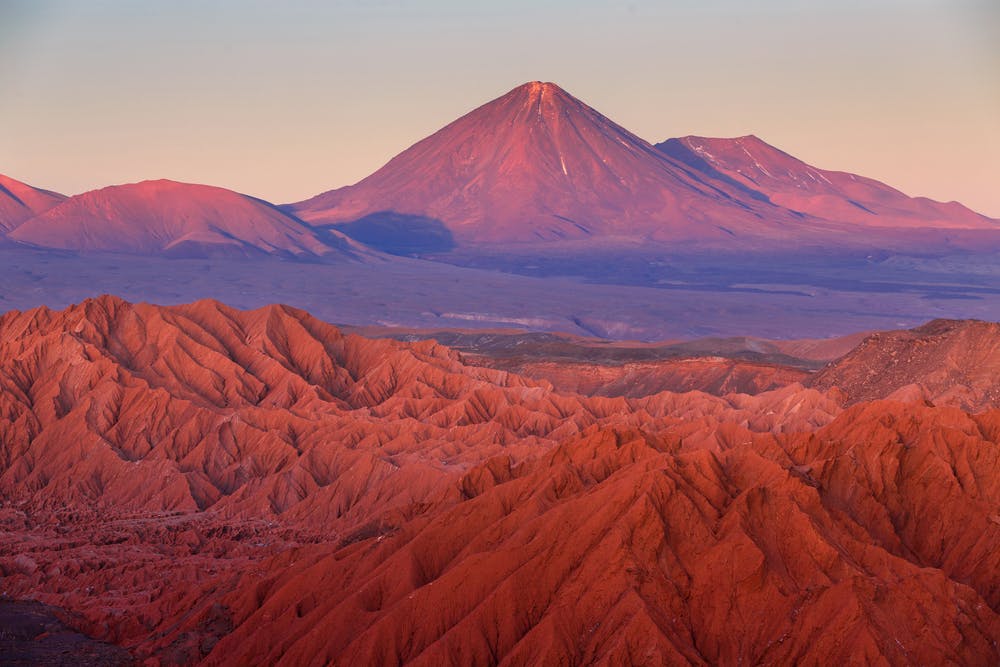4 Ways to Experience the Natural Beauty of Iceland Attractions
They call this the Land of Fire and Ice. The main Iceland attractions are almost a dealer’s choice of immense natural beauty. Choose from iconic braided rivers, cascading waterfalls, mighty geysers, lava fields and the black-sand beaches — and that’s not even including its spectacular offshore marvels. The island’s dramatic geographical features characterize a unique landscape that beckons exploration. What’s at stake for willing travelers? The authentic natural beauty of Iceland unlocks the essence of the country — a potentially cathartic experience, indeed.
It’s little wonder that Iceland travel numbers have skyrocketed in recent years. One can walk to thunderous waterfalls in Iceland that generate rainbows within great plumes of mist; admire puffins, whales and dolphins on an exhilarating RIB (rigid inflatable boats) tour; venture across one of Iceland’s largest glaciers on a 4×4 safari; and take to the skies to witness the full picture of the country’s extraordinary geology, constantly in flux. Here are four ways to gain insight and get closer to the authentic beauty of Iceland.

1. Take a glacier safari
These icy behemoths with aquamarine hearts have crept back and forth across Iceland’s landscape for millennia. The glaciers of Iceland look pretty impressive from the air. But seeing them up close and developing an appreciation for their majesty, even as you’re dwarfed by their enormity, promises a far more exceptional encounter.
Now, a man-made ice cave carved 800 feet into Langjokull — the second largest of the glaciers of Iceland — even lets you explore inside one of these astounding geological features. But first, you have to get there. An Iceland glacier tour begins with an intrepid journey across snow and ice in a 4×4. On the way, you’re likely to stop at the site of Iceland’s first parliament; it’s no middling concrete edifice, but rather an open-air platform that began hosting assemblies in 930 AD — earlier than any other society on Earth.
Venturing into the cave itself, you pass an ice chapel and an ice bar, as the glacier around you turns an exquisite shade of blue the closer you get to the frozen structure’s ancient core.

2. See Iceland from the air
While the authentic beauty of such Iceland attractions as Langjokull demand to be explored up close and personal, it’s also true that few countries are as magnificent as Iceland to view from the air. An aerial expedition gives you a geologist’s view of a fluid landscape, which was shaped by flowing lava and glacial scouring — one so distinctive and striking it partly inspired J.R.R. Tolkien’s “Lord of the Rings.”
The colorful patchwork quilt that the Icelandic capital, Reykjavik, resembles from above is a jolly curtain-raiser to the moonscape of the Reykjanes Peninsula lava field. Lake Kleifarvatn is a cobalt splodge within this austere terrain, its water source a mystery until you discover it is filled mainly from inlets below the surface.
Beyond the lake, eerie pyramidal Mt Keilir — like something straight out of Tolkien’s Mordor — shows off the suture of the American and Eurasian tectonic plates that runs through the country.

3. Hike to legendary waterfalls
Aerial and overland tours are ideal for exploring Iceland’s more inaccessible parts but — if you want to experience the full sensory feast on offer in this extraordinary country — hiking in Iceland is the way to go. Engage with the landscape that Icelanders believe is populated with mythical elven “Hidden People,” on walks accessible from Reykjavik or a regional road.
Two of the best waterfalls in Iceland merit a personal visit. A three-hour hike, starting at an hour’s drive from the capital, takes you to the fairytale-like Glymur waterfall. Long thought to be the country’s tallest, Glymur has been pipped at the post by another, Mosarfoss, which was recently revealed by glacial melting. Regardless, the picturesque cascade rewards the eyes with its long, delicate watery tendrils that frame the face of the fjord down which it tumbles.
By contrast, Dettifoss waterfall earns the nickname of “The Beast” for the dam-loads of water it chucks hourly into the valley below. This, the most powerful waterfall in Europe and arguably the most spectacular, is a hike of only about a kilometer from the road in the north of the country. Ask about the Iceland hiking tours available to you on your Iceland cruise, and don’t miss a chance to discover these natural wonders.

4. Explore Iceland attractions beyond the shore
If Iceland’s most astounding geological attractions — contorted lava fields, imperious glaciers, gushing geysers — tend to be safely land-bound, it’s fair to say that its headline wildlife attractions are predominantly aquatic. To get the most out of encounters with whales and seals (and puffins), it helps to join them in their watery territory. Light and zippy RIB crafts cover a lot of water quickly and enable you to get closer to the region’s oceanic beauty.
To understand more about the island’s seal population, head to the Vatnsnes Peninsula, which is among the best places to encounter grey seals and harbor seals — both on the land and in the water. If birds are more to your liking, Iceland is home to approximately half of the world’s puffin population. The Westman Islands offer the best place to view the birds in Iceland, with Heimaey Island as the focus of puffins’ activity. A RIB tour enables you to go deeper into this ornithological hotspot. To the north of the island, Zodiac tours provide the chance to spot humpback whales, minke whales and dolphins.

The top Iceland attractions are more than photogenic landscapes. They’re a much-revered part of the folklore of the Land of Fire and Ice. Enjoy an intimate encounter with them on your next Iceland cruise.
Ready to explore Iceland yourself? Read about how to choose the right Arctic cruise for you, then brainstorm more ideas for your trip, like how to see the northern lights in Iceland.



















